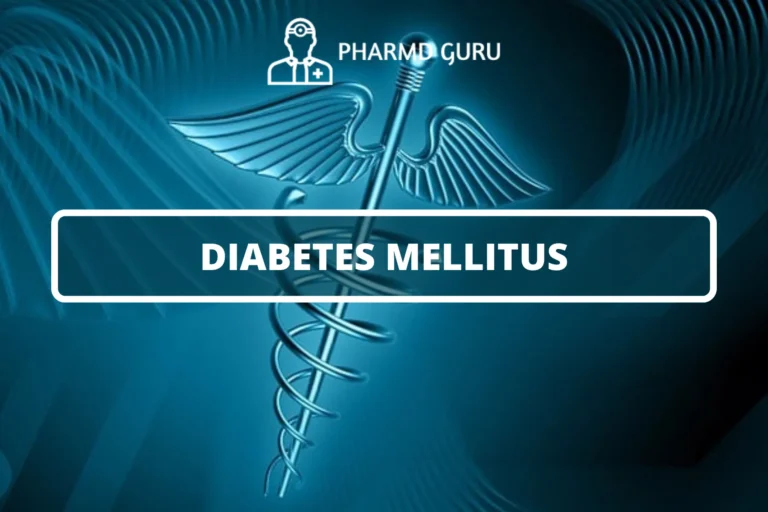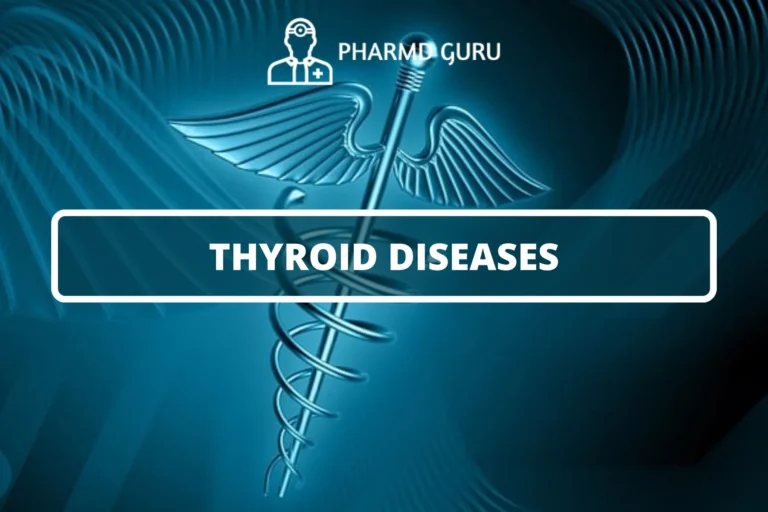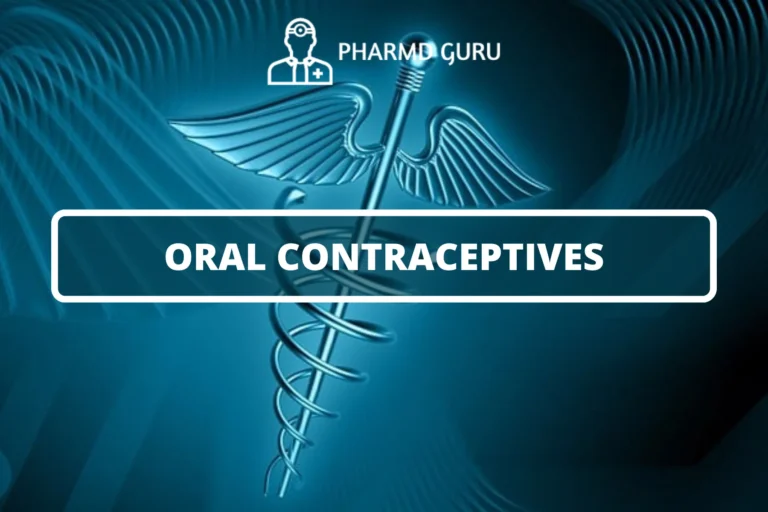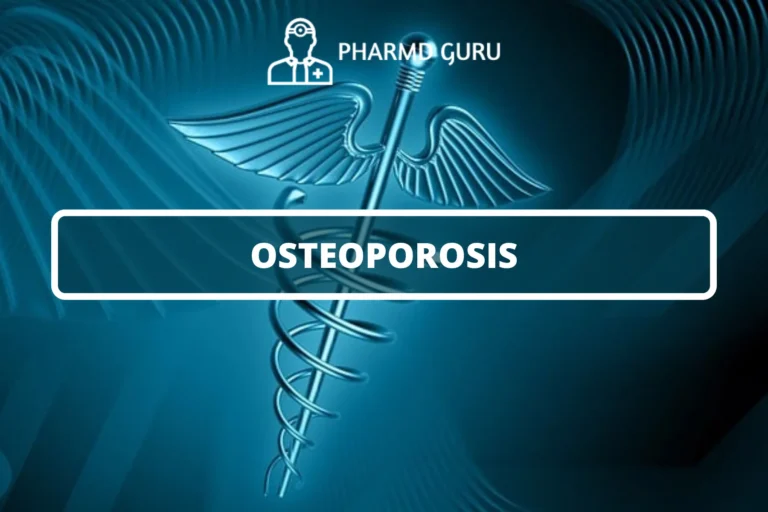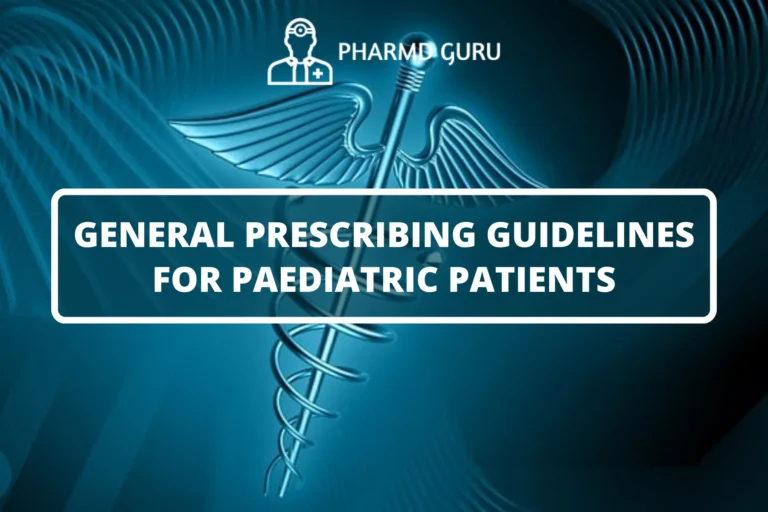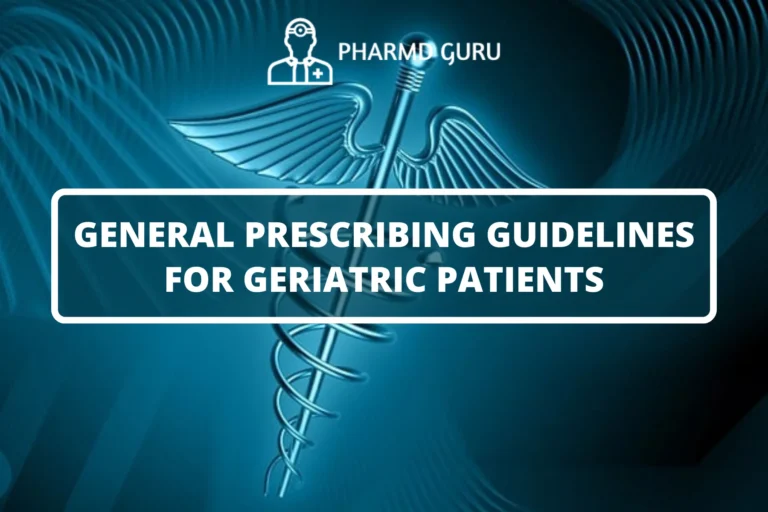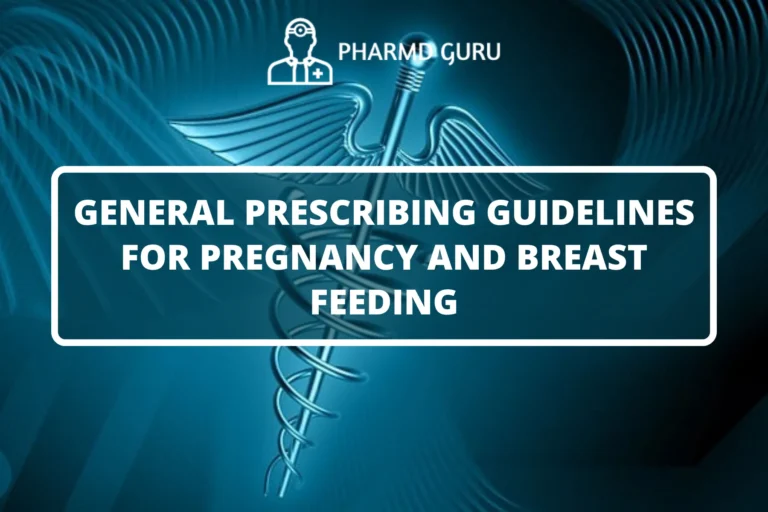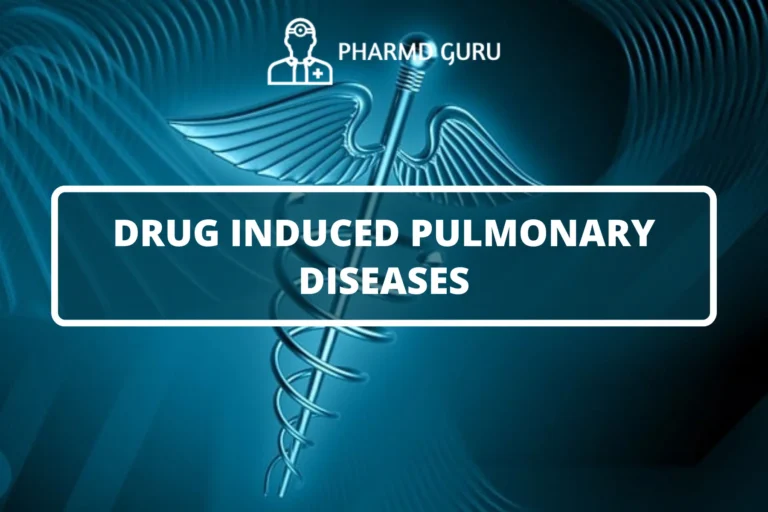
DRUG INDUCED PULMONARY DISEASES
Drug induced pulmonary diseases refer to a group of respiratory disorders that are caused or exacerbated by the use of certain medications. These conditions can range from mild symptoms, such as cough and shortness of breath, to severe complications, including…

